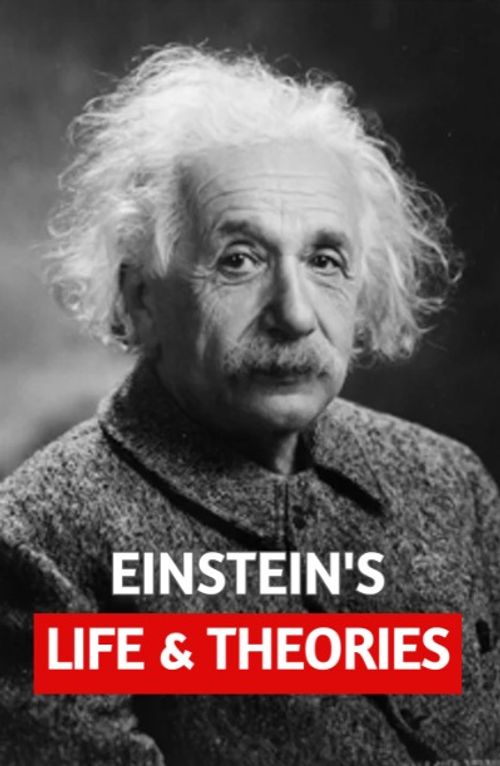How did Einstein change the way we see the world?
Jul 18, 2021 · 2 mins read
0
Share

The story of history’s most famous scientist starts with a rebel teenager. At 16, Albert Einstein comes up with a plan to renounce his German citizenship, leave his military high school, and dodge life in the Prussian army. Somehow, the plan works.
Save
Share
After moving to Switzerland, Einstein gets his first real job at the national patent office thanks to a friend’s father. Between trying to support his young family and completing a Ph.D. in physics, Einstein fires off a series of scientific papers that would rewrite physics.
Save
Share
This is the same Einstein who was “slow” as a child, failed to get into university on his first attempt, and spent two years unsuccessfully searching for a teaching post. He’s routinely passed over for a promotion at his job – which he only got thanks to a friend’s father.
Save
Share
Yet the four research papers Einstein writes, when not goofing off at work, kickstart the foundation of modern physics. By challenging long-held views on space, time, mass, and energy, he goes from being a 26-year-old nobody to a superstar of astrophysics.
Save
Share
In 1905, it’s universally accepted as fact that light travels in one continuous electromagnetic wave. But Einstein argues that light travels in tiny bullets (photons) that ricochet off electrons, causing them to spin out of an atom’s orbit.
Save
Share
This ‘particle theory’ of light is so controversial that it’s not fully accepted for two decades. But the groundbreaking discovery sparks the quantum revolution and eventually earns Einstein a Nobel Prize for physics.
Save
Share
But it’s Einstein’s two papers on the Special Theory of Relativity that makes him famous. Using a model involving trains and clocks, he argues that if the speed of light is an eternal constant, time would slow down for observers approaching that speed.
Save
Share
This idea revises the basics of Newtonian physics and defines a new geometry of space-time. As part of the theory, Einstein claims that the mass of any given body is simply a measure of its energy content.
Save
Share
His formula outlining this connection, E = mc², is now the most famous equation of all time. Its effects in the real world – the tremendous energy contained in every atom – results in the explosions of the first atomic bombs.
Save
Share
Within a few months in 1905, these research papers – written by a young and brash scientist known for little more than cutting classes – prove so revolutionary that they change our understanding of how the universe works. This would be forever known as Einstein’s annus mirabilis.
Save
Share
0